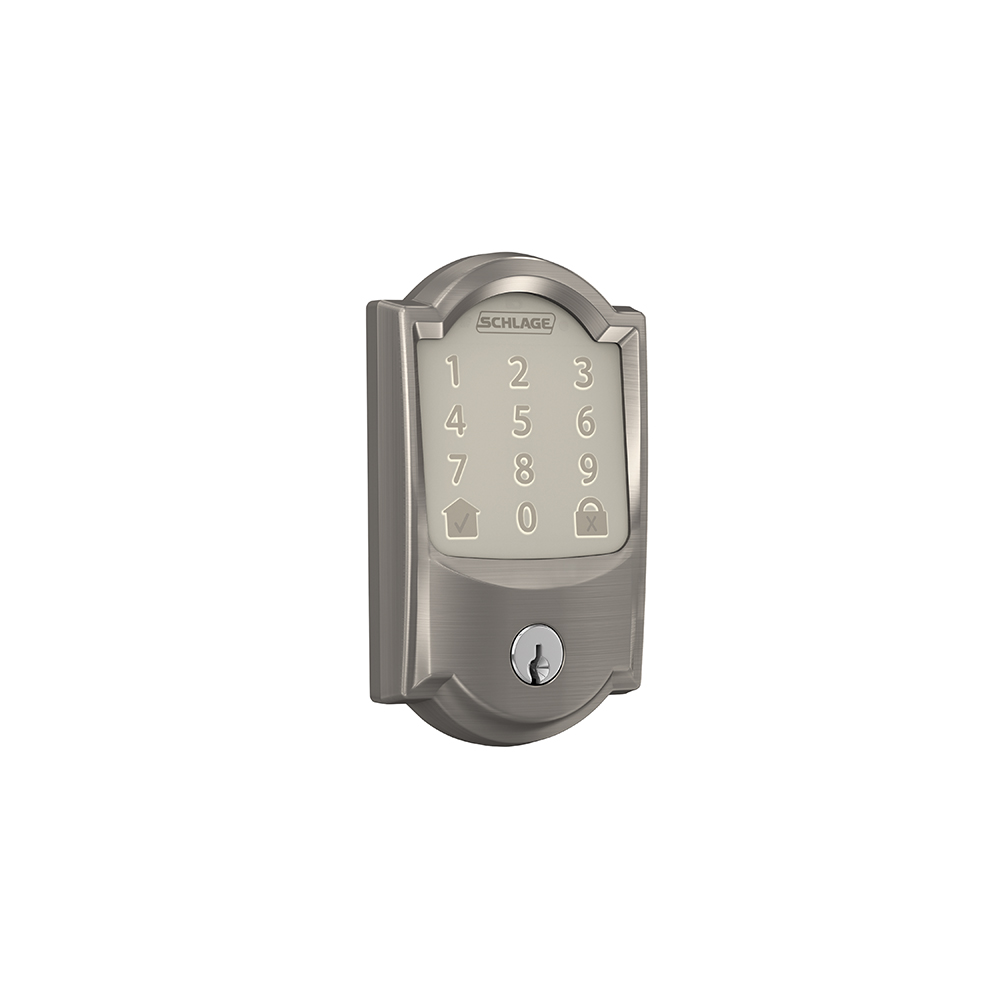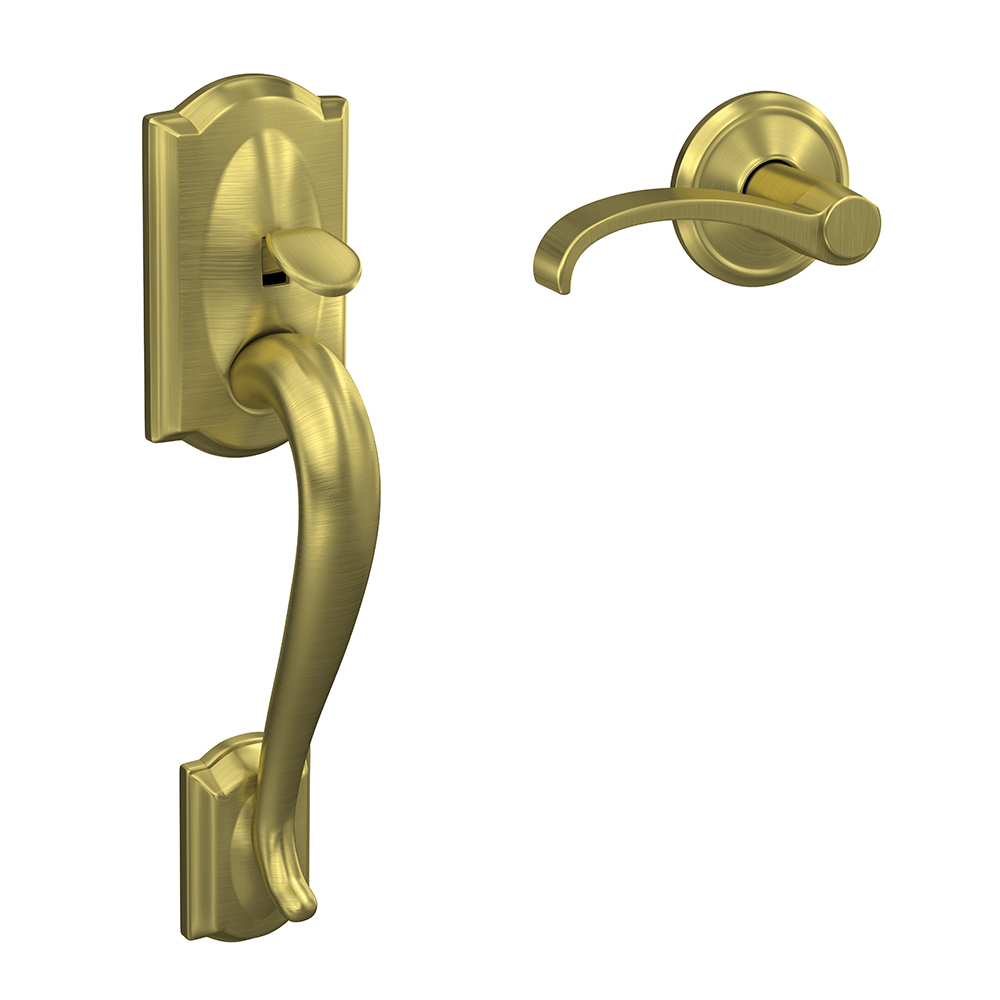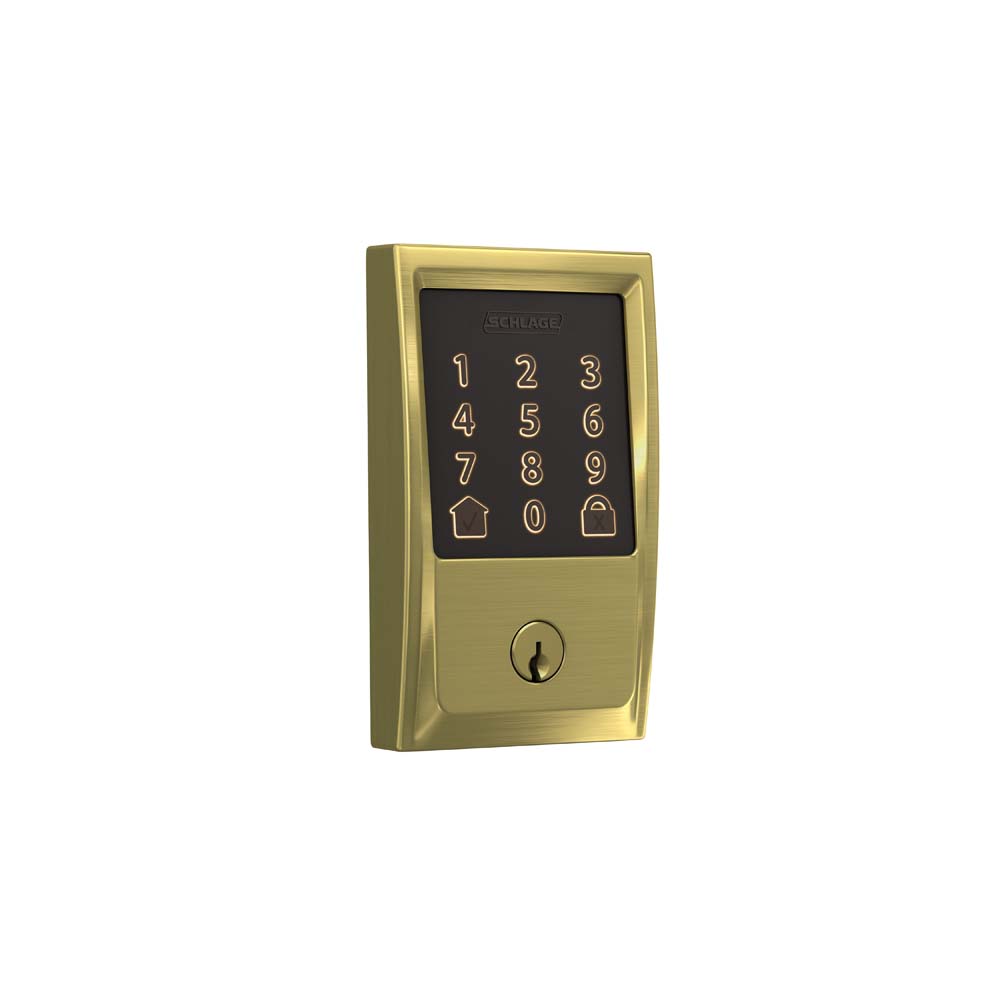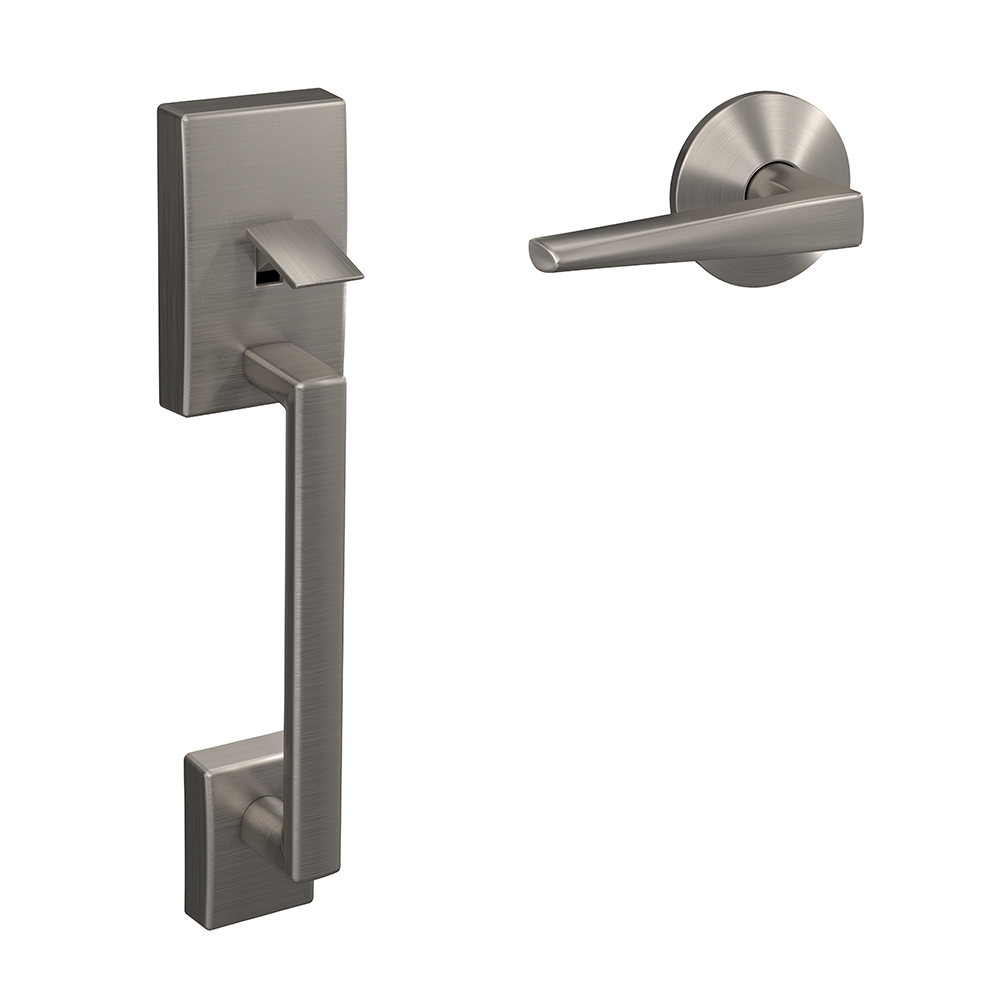Beat electronic clutter with these 5 digital organization steps.
Monday, January 11, 2021
You won’t regret making your smart devices easier to use, your technology more convenient and your online presence more secure. Here are our top five ways to organize your digital footprint.

Cell phone
Contacts
Delete contacts you no longer need. It’s not mean. But who needs the number of an ex or a former colleague you haven’t talked to in five years and didn’t really like in the first place? For the remaining contacts, make the appropriate updates. This includes new phone numbers, physical mailing addresses or email addresses as well as changes in names if they have a new marital status. If you collect business cards for work, add that info to your phone and pitch the physical card.
Apps
Delete the apps you no longer use. Maybe it’s a game you’ve gotten tired of or a recipe bank you abandoned because it didn’t actually help you stay organized. You might like to group the remaining apps into folders. For example, apps for restaurants, grocery stores and social media each go into their own folder. Your screen will look cleaner and you’ll be able to get to TikTok that much faster.
Photos
Pictures add up quickly on our phones. Sort through them and delete any that are real gems. If you took a picture of something for record keeping – recipes, things you want to buy later, the IKEA tag so you knew where to find it in the warehouse – either store that information somewhere more secure and easier to find or trash it. For those pictures you love, back them up for more secure storage, have them printed for framing or a photo album, or both.
Newsletters and blogs
Our interests change over time and what was useful or fun to read before might not be anymore. Unsubscribe from any mailings you delete without opening. If you don’t want to unsubscribe completely, see if there’s a frequency option. Some companies give you the option to receive their newsletter daily, weekly or monthly.
Old emails
We all keep old emails thinking we’ll reference them again later. Some, like a note from a loved one, are nice to keep for nostalgia. Others can be sent to trash, though. These tracking codes for packages you’ve already received, instructions for a DIY project you’ve completed (or won’t attempt … be honest) or anything random you simply forgot to delete.
Folders
Did you create folders in your inbox to help you stay organized? Chances are that the only thing that really accomplished was hiding your email clutter. Go through those folders and delete old, unnecessary emails like you did for your inbox. Be honest with yourself and if that folder isn’t being as helpful as you thought it would, delete the entire thing.
Contacts
Just like you did with your phone, remove contacts you no longer need. You might also be able to combine duplicate listings or remove ones with outdated email addresses.
Computer
Documents and records
We tend to store unnecessary files longer than necessary, perhaps even more than paper records since we don’t see them physically. Organizing isn’t just about deleting, though. You also want to add appropriate updates. If you have a new home inventory, save an updated file somewhere secure on your computer. Go through all the files you have on your computer, even those in the folders you forgot you created.
Downloads
Chances are that you have lots of downloads you used once and promptly forgot about. Delete those takeout menus, apps and pictures you’ll never use again or that are outdated.
Desktop files and folders
We often save something to our desktop to find it easily later. Either delete it or move it to the appropriate folder (Hint: that doesn’t mean just throw it in a “Miscellaneous” desktop folder). Take care of those random folders, too. Everyone who has a “New folder” and a “New folder (2)” knows what we’re talking about. Just like you want to keep your physical desktop free of clutter, a clean computer desktop makes it easier to find the necessary files and can improve security.
Backups
Back up important files – medical records, home inventory, insurance information – on the cloud or somewhere secure other than on your computer. This will help make sure you still have access to key documents in the event that your computer is stolen or damaged in a natural disaster.
Bookmarks
Purge your internet browser bookmarks. Personally, that usually means deleting links to recipes I tried and won’t ever make again. Some of those links might be broken anyway. This might be a good time to clear your browser’s search history, too.
Social Media
Unfollow
Just like you unsubscribed from e-newsletters you’re no longer interested in, unfollow pages that don’t catch your attention anymore. Or if there’s an account that upsets you more than tickles your fancy – a news outlet that just brings you down – unfollow them, too. If you don’t want to walk away completely, some social media will let you “snooze” an account for 30 days. If you find you didn’t miss not seeing them, that’s usually a good sign you can unlike them for good.
Unfriend
Friends who aren’t really friends don’t need to clutter your wall. It’s ok to remove them from your feed. They probably won’t even notice.
Settings
Double-check your privacy settings. Platforms change their policies and options over time. Make sure you’re still getting the security you want.
Streaming services
Old shows
Delete shows from your list that you’ve already watched. Do the same with those you abandoned partway through because you didn’t like them and those you added to the list a year ago but are still unwatched. If you haven’t watched them yet, even when you were quarantining, you probably never will. Stop letting them clutter up your queue.
New shows
If you’ve mentally stored show recommendations from friends or have that list of “100 classic movies to see before you die,” add those to your list now. It might solve the endless scrolling trying to decide what to watch later.
Settings
If you share an account with friends or family, decide now if you’re still ok with that setup. Remove anyone from the account that doesn’t need to be on it. Change passwords as necessary. Some services also allow for child settings. Tighten or loosen those restrictions as needed, too.
Unsubscribe
If you just never watch Netflix/Hulu/Amazon Prime/whatever anymore, cancel your subscription and save yourself some money.
Once you’ve tackled organizing your technology, you’re in prime position to get the rest of your home in order. Try these jobs you can do in just a few minutes to get – and stay – organized year-round.














